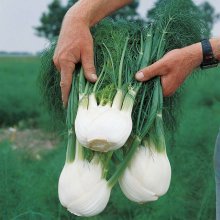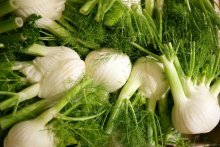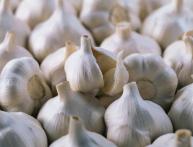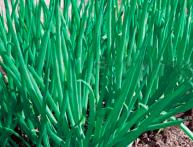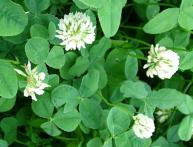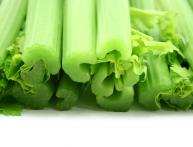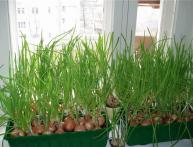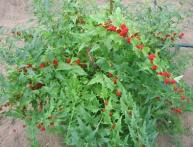What types of fennel are there, how to grow and care for them
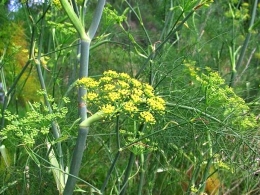
Not everyone is familiar with such a garden plant as fennel. Some have seen it on vegetable shelves in stores. But fennel is a close relative of the ubiquitous dill. The full name of the culture is common fennel, the popular name is dill or dill Voloshsky The top leaves of fennel are similar to dill leaves, but they are located at the apex, which is formed by the expanded bases of the leaves that wrap around the stem. In the vegetable variety of fennel, this part looks like a multi-layered onion or head of cabbage. Fennel is consumed as a vegetable in many countries:
- Greece
- France
- Portugal
- Spain
- Italy
What is fennel, growing it in the garden on your own.
Content:
Choosing a location for fennel
When deciding to plant fennel on a plot, it is important to remember that there is another variety of this plant - vegetable fennel or Italian fennel. Most often he grown in regions with mild climates:
in southern Europe
in northern Africa
in New Zealand
in central America
In South America
Climate
In temperate climates, a place for it should be chosen taking into account the fact that it prefers sunny places with moderate humidity. The plant is light-loving; you need to choose places well lit by the sun. We tolerate fennel in partial shade.
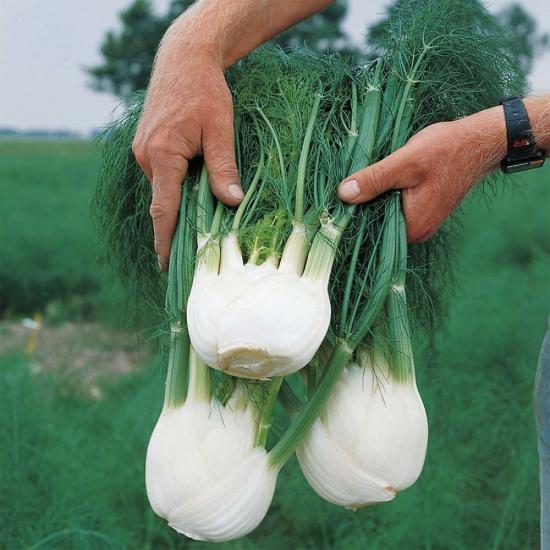
Light, moderately fertile soils are suitable for growing all varieties of fennel. soil. If the soil is poor, organic and inorganic matter will need to be added before planting fennel. 10 kg of humus per square meter is enough. meter, a 2-liter jar of sawdust and a couple of tablespoons of phosphorus fertilizer.
Temperature
Fennel is a fairly heat-loving plant. In order for a head of cabbage to form, in the first weeks after planting in the ground it is necessary to ensure a temperature of at least + 10. To do this, you may have to cover the seedlings with film. The culture is responsive to moderate watering. However, do not overfill the plantings with water. This will lead to rotting of the plant's root system.
How to plant different types of fennel
If we are talking about growing common fennel to obtain aromatic greens and seeds, then you can sow it directly into the ground. This can be done in the spring in the second half of April and in May. To preserve heat and humidity, the bed is covered with film. After about 10 - 12 days, shoots appear. Can sow fennel and autumn in September.
To grow vegetable fennel for the sake of tasty light-colored heads, you will first have to sow the seeds for seedlings. This needs to be done in March - early April. The soil is suitable for universal use, with neutral or low acidity. Two parts soil can be mixed with one part perlite. As the fennel seedlings grow, they can be transplanted into individual pots.
You can also plant two seeds at once in one individual pot. When the fennel seedlings reach 7 - 10 cm, they can be taken out into the open air for hardening.
After the threat of late frosts has passed, the seedlings are transplanted into a prepared bed.By this time, the age of the seedlings should be 45 - 50 days. The distance between the bushes is 0.4 m. During the period of growing fennel, it is important to provide it with sufficient watering, loosening, and removal of weeds. It is important to know that it is better to allocate a separate area for fennel, since it has a depressing effect on a number of crops. To get juicy heads of cabbage, fennel must be grown in compliance with certain agricultural techniques.
Fennel care and harvesting
Growing fennel for its greens and seeds does not require any special care. It is enough to thin out the plantings in a timely manner, provide them with watering and regularly remove weeds. Pests This plant is almost not damaged. If the fennel is attacked by aphids, then it is enough to spray it with a solution of green soap.
But in order for tender heads of cabbage to form, you need to take special measures. To stimulate the formation of a head of cabbage, the plant must be hilled quite high. This technique will protect against damage to the base of the leaves, which grow and form the same head of cabbage. In addition, when covered with soil, the head of cabbage retains a white or light green color. This technique is called bleaching.
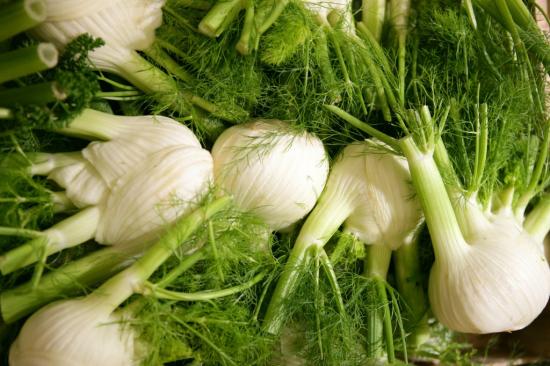
However, with such hilling there is a risk of severe soil contamination of the edible part. Some gardeners place a high ring on the lower part of the stem before hilling. It is cut out from a plastic bottle of suitable diameter. Any growing process ends with harvesting. You can harvest greens in small batches throughout the season. It is enough to cut a few branches from each plant.
Heads of cabbage begin to be collected in September. Before cutting it, remove the top leaves first. The head of cabbage itself is cut above the ground. Store in a cool place.And although fennel is not very afraid of the first frosts, you should not delay harvesting, otherwise the heads of cabbage will become bitter. Fennel seeds are used in cooking and medicine. To collect seeds you need to wait for them to mature.
Then, without cutting the umbrella from the plant, bring the bowl and shake the umbrella with the seeds vigorously over it. You can tie them with gauze in advance and cut them after the seeds have fully ripened. It should be said that in addition to being used for food, fennel also has decorative value. Its tall, openwork bushes harmonize well in the garden with many plants, even such as roses.
Video about the beneficial properties of fennel:

